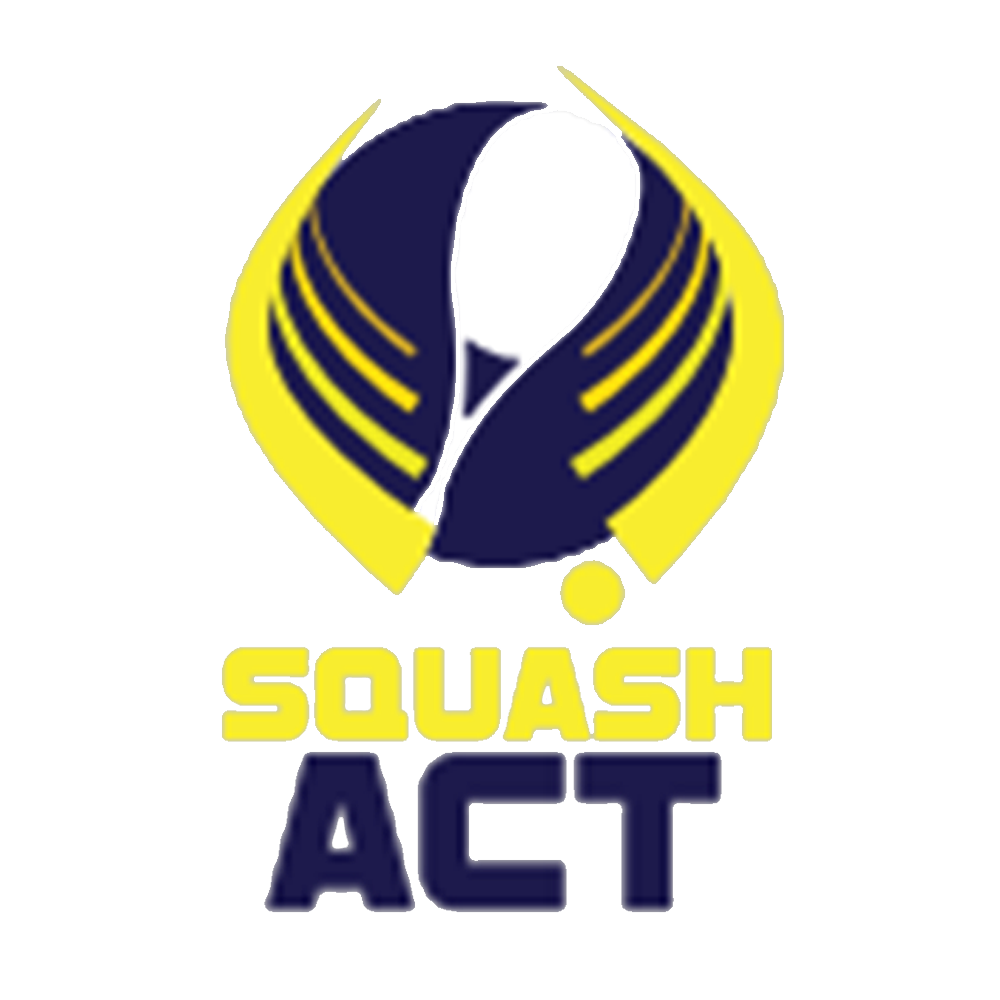Due to the nature of squash as described above, a larger reaction time will be required to initiate a response to the stimulus presented. This is especially true at the initial stages of learning. As a player progresses through stages of learning to where said player is autonomous, reaction times will decrease.
Preparing the racket early, that is, position the racket so one can strike the ball in a multitude of fashions once the stimulus is presented, is a means to reduce the variability in the task. This is indisputable. That is, preparing the racket earlier will allow the player to hit a moving ball with pronounced accuracy no matter what vector the ball is travelling. This is opposed to preparing the racket in an unstable fashion causing a dysfunction in a players swing mechanics.
The benefits of practicing the skill of Racket Preparation are listed below:
- Engrains proper swing mechanics
- Increases the stability of ones environment when hitting a ball
- Increase the repeatability of the swing
- Allows “holding” and subsequently increases the fore period for the opponent.
- Decrease the sequence effect by adding in a change in stimulus, which can cause an increase in reaction time for their opponent.
- Increases the number of responses a player has to prepare for, subsequently increasing the reaction time. This is known as Hick’s Law.
- Decreases “Precueing Technique”, that is, to reduce the information provided to the opponent in advance.


 RSS Feed
RSS Feed























